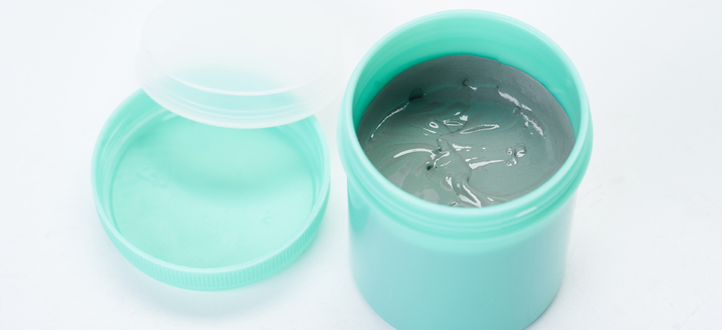The difference between lead-free solder paste and leaded solder paste?

Solder paste is an essential soldering material in the PCB assembly process, and it mainly comes in two types: lead-free solder paste and leaded solder paste. As the names suggest, the major difference between them lies in their composition, with one containing lead and the other being lead-free. So, besides the difference in lead content, what other distinctions do they have?
Firstly, the main difference between leaded solder paste and lead-free solder paste lies in their composition. Leaded solder paste consists of tin and lead, with a typical tin-lead ratio of 63:37. On the other hand, lead-free solder paste is composed of tin and copper/silver alloy, typically comprising 95.4% pure tin powder, 3.1% silver powder, and 1.5% copper powder. This disparity in composition leads to the differentiation between lead-free and leaded processes in surface mount technology (SMT) assembly.
Apart from composition, leaded solder paste and lead-free solder paste also differ in appearance and odor. Due to its higher lead content, leaded solder paste appears as a dark grayish color and has a more pronounced odor. In contrast, lead-free solder paste, being devoid of lead, has a light grayish color and a milder odor. Additionally, as lead-free solder paste complies with environmental standards, it is often packaged in green containers.
There are also variations in the soldering process between leaded solder paste and lead-free solder paste. Leaded solder paste consists of tin and lead, while lead-free solder paste consists of tin and silver/copper alloy. Since the melting point of lead is lower than that of silver/copper, the soldering temperature for lead-free paste is higher than that for leaded paste.
Furthermore, leaded solder paste and lead-free solder paste differ in their final soldering quality. Leaded solder paste generally exhibits better printing and soldering performance. It also leaves fewer residues compared to lead-free solder paste. However, due to the potential hazards associated with lead to human health and the environment, leaded solder paste has gradually been phased out and replaced by lead-free alternatives.
In conclusion, lead-free solder paste and leaded solder paste have notable distinctions in terms of composition, appearance, soldering process, and final soldering quality. With increasing environmental awareness, lead-free solder paste has become the preferred choice in the electronics industry. Nevertheless, it is important to make appropriate choices based on specific product requirements and reliability considerations.

